Ever since I began writing fiction, I shied away from
writing historicals because you have to make sure you have all the details
correct, right down to the type of shoes they wore, food they ate, even whether or not
their words were part of the vernacular at the time. Otherwise, the historical
junkies will be sure to spot your mistakes.
 I stuck to writing contemporaries until at an ACFW Chapter meeting, when I told the
editor from Summerside Press that I was raised in Lake Geneva, Wisconsin.
Intrigued that I was from the very popular Midwestern resort area, the editor wanted
to know more because they were interested in resort settings. I instantly began
plotting a contemporary in my head.
I stuck to writing contemporaries until at an ACFW Chapter meeting, when I told the
editor from Summerside Press that I was raised in Lake Geneva, Wisconsin.
Intrigued that I was from the very popular Midwestern resort area, the editor wanted
to know more because they were interested in resort settings. I instantly began
plotting a contemporary in my head.The bubble burst when she said, “Why don’t you work up a historical proposal for me?” Of course I agreed and quickly decided on 1933 when the iconic lakeshore building known as the Riviera was opened.
Growing up in the town did give me somewhat of an advantage, but
I still needed to know what the town was like in 1933, not when I was a child.
I owned several coffee table books about Lake Geneva that featured
pictures from the past, but I needed a more up-close-and-personal snapshot of
the town. I decided what better place to find that than copies of the weekly
newspaper from that time.
Fortunately I live about an hour away from Lake Geneva and was
able to make frequent trips to the public library where I discovered a treasure
trove of information hidden in the microfilms of the Lake Geneva News Tribune.
Not only did I find needed information regarding the
building of the Riviera, but I also discovered the heartbeat of the town as I read
about how everyone came behind the plan to make the lakefront a tourist magnet.
Tourists meant money spent on lodging, using the beach and dancing up a storm
in the Riviera’s new ballroom. After all, this was the time of the Great
Depression.
I’d grown up taking for granted the Riviera when I passed it daily, but as I read, I
began to feel the same passion for the structure as the townspeople of 1933.
And when I later began writing the story, I couldn’t help but bring that same
passion and excitement to my heroine and the other characters.
I didn't just read articles related to the building of the Riviera. I read about the society doings, bank robberies, high school activities, ete. etc. Often times I came across a last name I recognized as the same as one of my classmates. These weekly editions truly were a "Back to the Future" type of moment, giving me a view of my hometown from a time before I was born.
Not everyone can travel to their story setting to take
advantage of the local library’s microfilm library, but there are there are a
lot of newspapers from the past available on line. By typing “newspaper
archives” in the Google search bar, I received dozens of hits to sites—some
free and others by subscription—that just might have newspapers from your story’s
setting. Some go back to the 19th Century.
A few that I came across include:
http://www.newspapers.com
http://chroniclingamerica.loc.gov/
http://guides.library.upenn.edu/historicalnewspapersonline
That's the tip of the iceberg, so start exploring!
A native of Lake Geneva, Wisconsin, author Pamela S. Meyers lives in suburban Chicago, an hour's drive away from her hometown which she visits often to dig into its historical legacy. Her novels include Thyme for Love, and Love Will Find a Way, contemporary romantic mysteries from OakTara Publishers, published in 2011 and 2013. Her 1933 historical romance, Love Finds You in Lake Geneva,Wisconsin, released April 1, 2013. She can often be found speaking at events around Lake Geneva or nosing in microfilms and historical records about Wisconsin and other Midwestern spots for new story ideas
She can often be found speaking at events around Lake Geneva or nosing in microfilms and historical records about Wisconsin and other Midwestern spots for new story ideas.




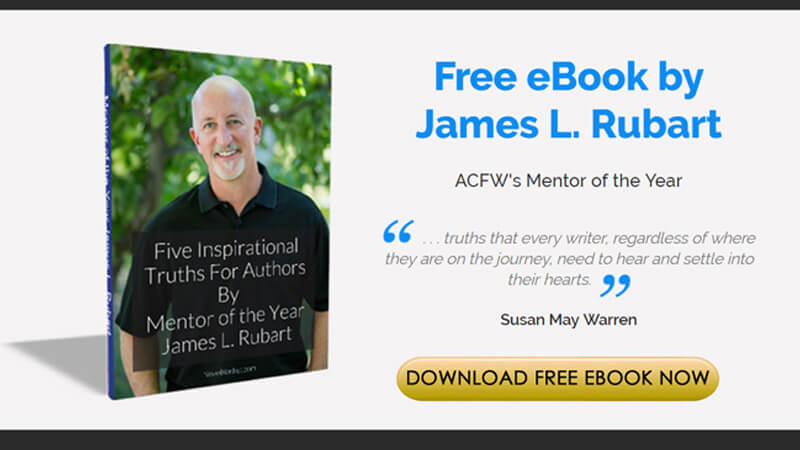
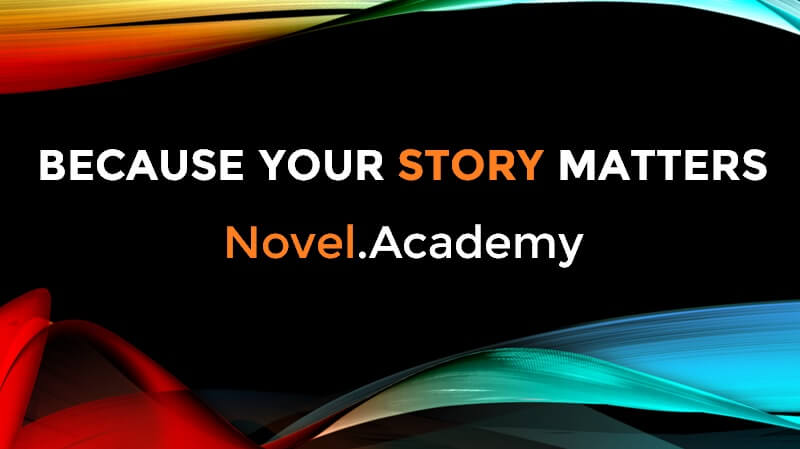
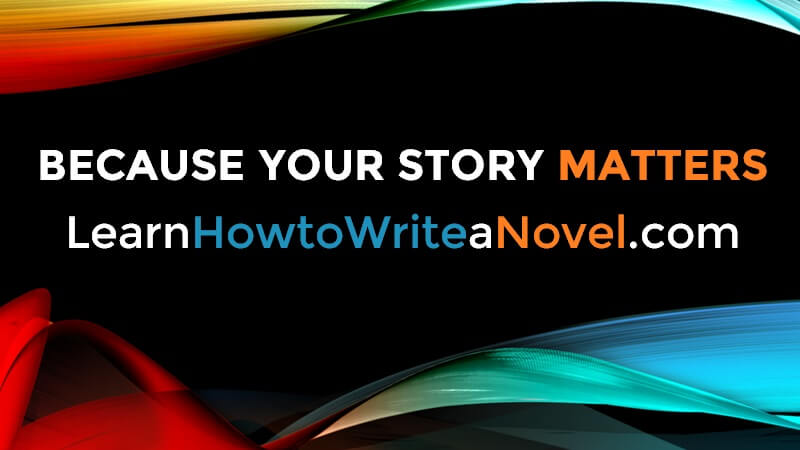
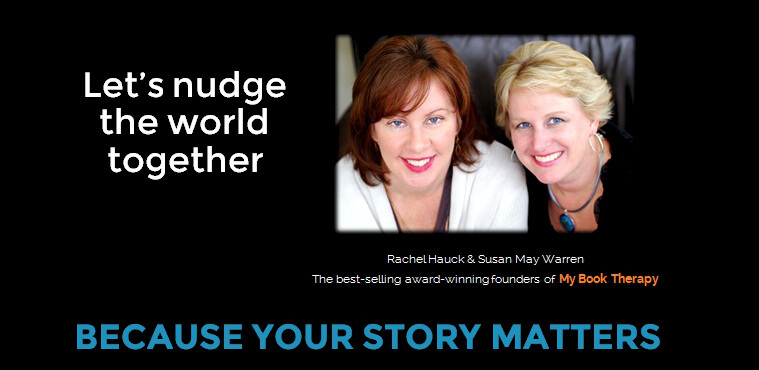
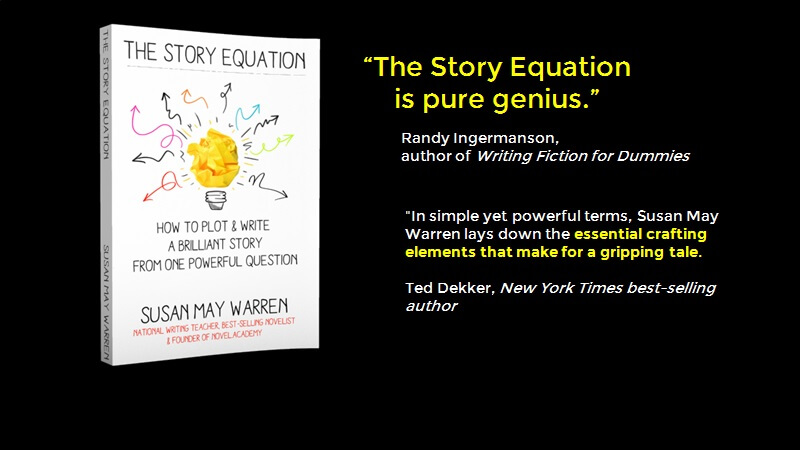

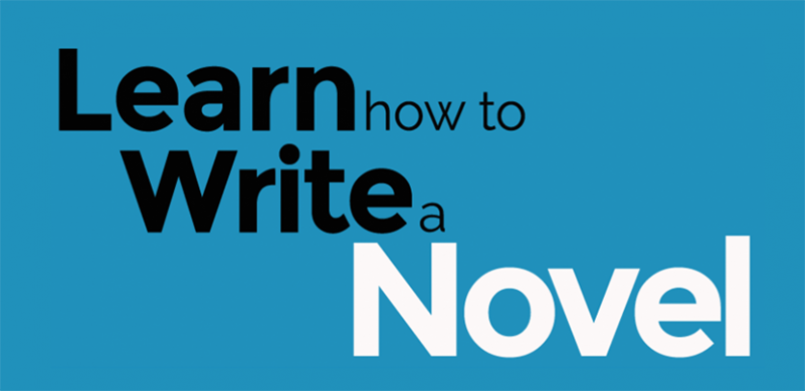

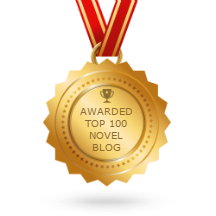
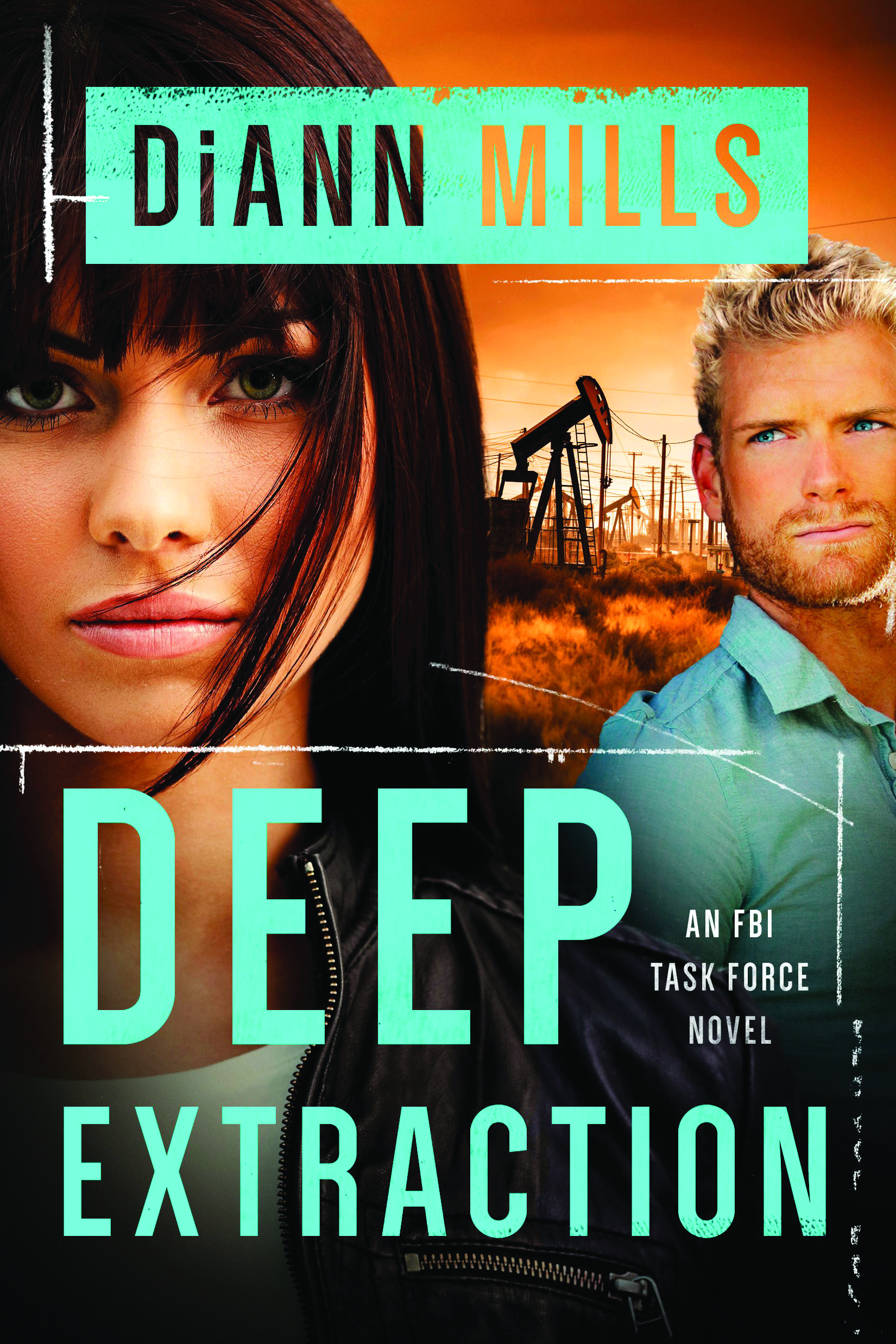










0 comments:
Post a Comment
Don't be shy. Share what's on your mind.